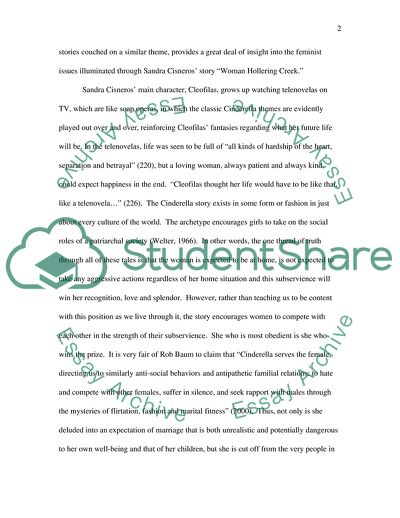Sandra Cisneros Story Woman Hollering Creek Book Report/Review Example | Topics and Well Written Essays - 1500 words. https://studentshare.org/literature/1715390-text-in-context
Sandra Cisneros Story Woman Hollering Creek Book Report/Review Example | Topics and Well Written Essays - 1500 Words. https://studentshare.org/literature/1715390-text-in-context.


